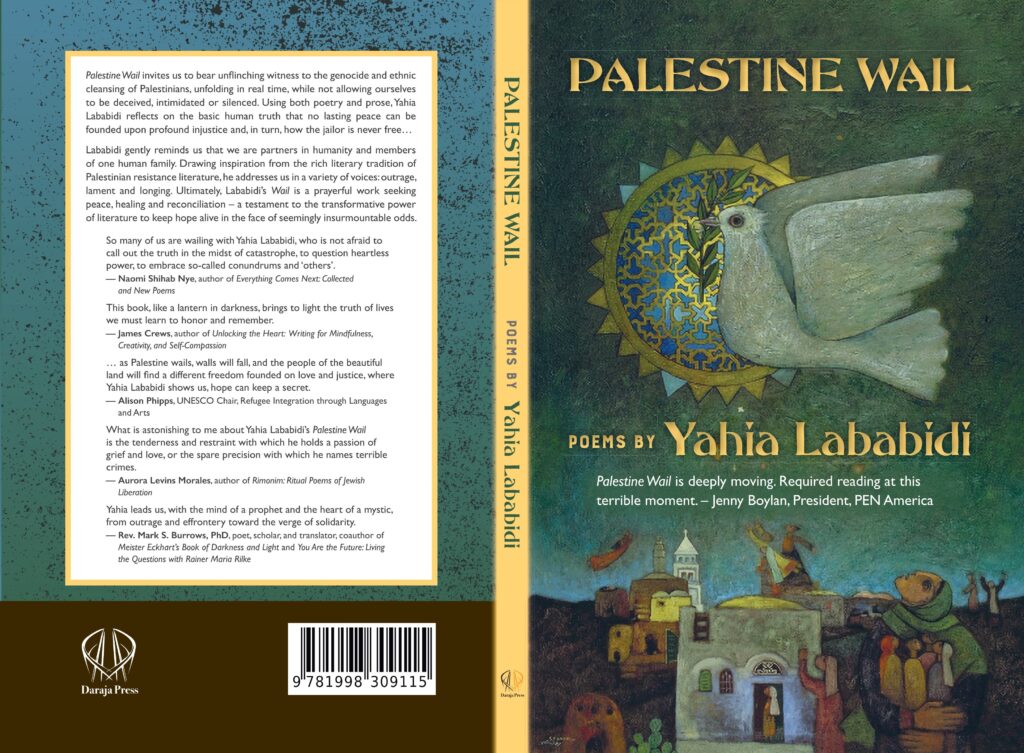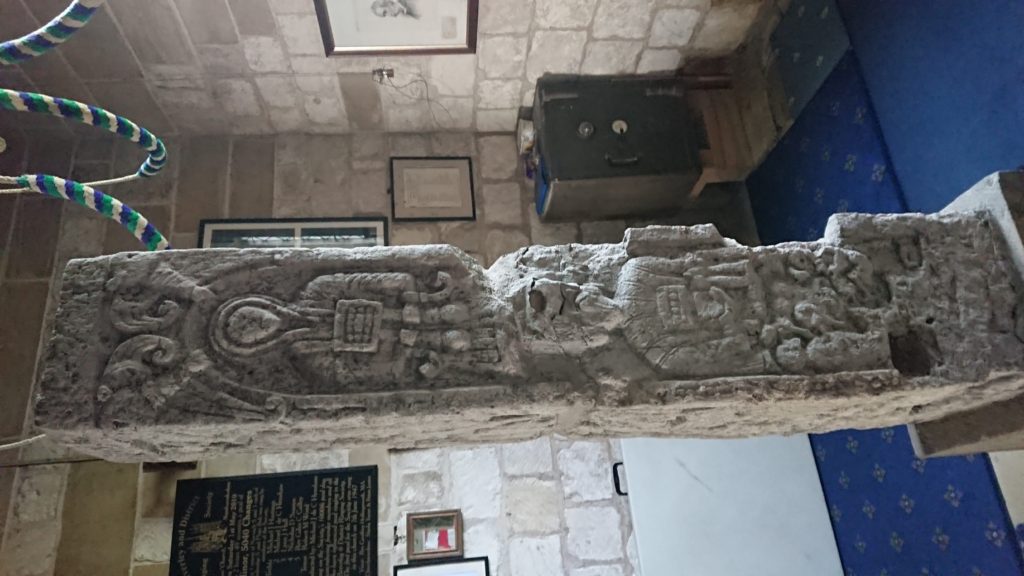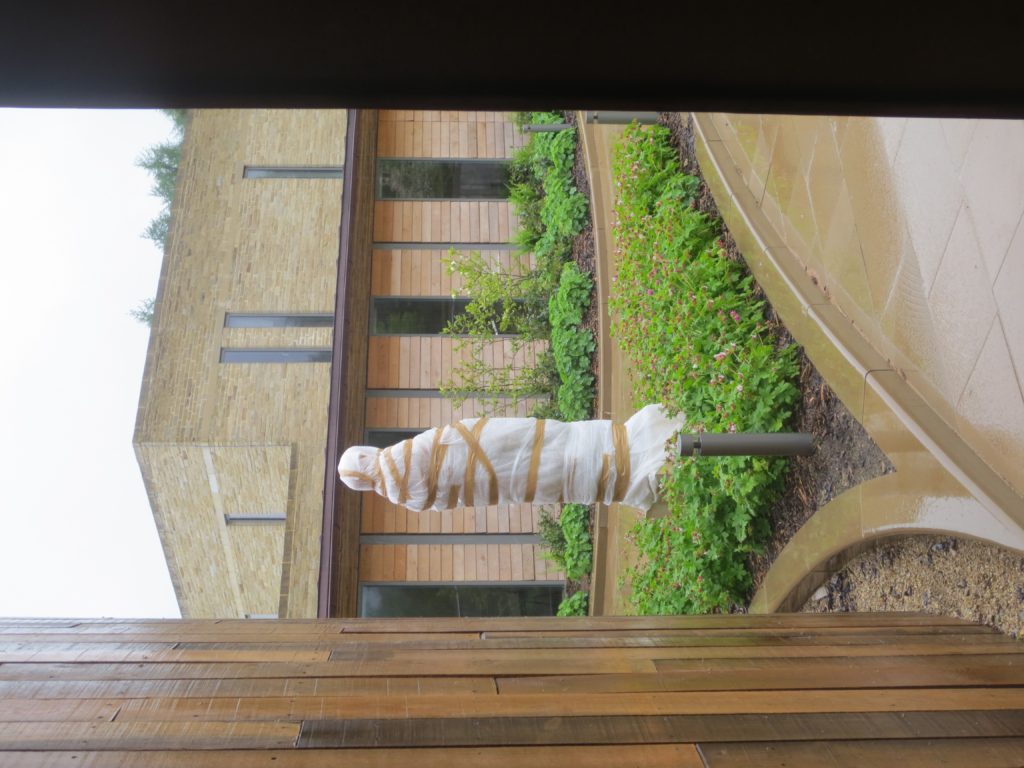I recently read the the book ‘Palestinian Wail‘, by Yahia Lababidi. Here’s my review
The first poem in Yahia’s powerful collection ‘Palestinian Wail’, is called Hope. In this short piece Yahia introduces us to the experience that is the foundation of his collection: Hope is smaller than you think.
This truth touched me right away. Although we might not have lived through a genocide, survived mass murder or other atrocities personally, we each know is some small way of the fragility of hope. Thus, I would say to any reader, this collection is for you.
It moves on from Hope to casualties and there’s no doubt it is a tough read. Silence follows for most of the following pages, as I try to find a small green blade of hope. I find one in Yahia’s suggestion that you need to ‘bring a bird’ to a protest to ‘set others free’.
Few of the poems are all that long. This means you can meditate on each one. I had the pages open, one at a time, for a good long look but as he writes in the poem about Columbia University ‘there’s no looking away’.
You might think that would mean I’d want to rush through, skip over and finish this collection as quickly as possible. Not a bit of it. I felt, for once in the dreadful war, that I was doing something positive. So small, so insignificant, but something: I was witnessing. This was a tiny act of solidarity by one who hardly knows how to do such a thing adequately. Yahia understand this. His poem ‘How to protest’ knowingly states ‘Truth, Beauty, Justice, Peace/are not at all easy to wear’. Equally it’s not easy to know what to say during a genocide. Yahai points to ‘tears of kindness and solidarity’ rather than ‘a loud and wounding Silence’.
As one who has often written about the different kinds of silence, I can only weep in my agreement. For him, it is the music of his homeland that finally causes him to weep. The collection is not long, but clearly illustrates the ‘light and beauty’ he hungers for and that he found in writing it.
It is followed by a Afterword drawing on his own experience and an acknowledgement of the role played by his mentor, Mark Burrows, in arranging the collection. Please read it all if you can.


My rating: 5 of 5 stars




